If you buy through our links, we may earn an affiliate commission. This supports our mission to get more people active and outside.Learn about Outside Online's affiliate link policy
What Are Mudras?

(Photo: Laylabird | Getty)
Hand mudras are a subtle yet essential component of yoga. You’ve probably seen statues of ancient yoga practitioners, gods, and goddesses sitting in meditation and holding their hands in certain positions. Or you may have gone to a yoga class in which the teacher instructs you to sit in silence with your hands perched on your knees, your index fingers and thumbs touching. But what do these hand gestures have to do with yoga and meditation?
What Are Hand Mudras?
Hasta mudras—literally meaning seals, stamps, or gestures—are sacred hand movements that have been used for thousands of years in many different traditions as a way of deepening one’s practice and awakening the power of the divine.
Mudras continue to be tools believed to free energy in the body (prana) and direct it where needed. Each mudra has a particular purpose and moves energy in a specific way to create subtle physical, mental, and emotional changes.
For example, if you come into your meditation practice feeling agitated or anxious, placing your palms face down on your thighs is thought to calm and ground your energy. If you feel sluggish or sleepy, a palms-up mudra is thought to energize you.
Nubia Teixeira, founder of the Bhakti Nova School of Yoga and Dance, explains that our hands are an extension of our hearts and connect our innermost thoughts and prayers to the outside world. “They are how we reach out, touch, express, heal, work, cultivate, cook, paint, write, play music, and hold one another,” she writes in her book Yoga and the Art of Mudras.
Hasta mudras can help you positively direct your thoughts and actions to bring beauty into your life and the world around you. They can also help you “evoke the presence of a great goddess within you so she can empower you physically, allowing you to feel her force and echo her voice. With this personal experience imprinted in your heart, you can then be empowered to be your strong, true self,” Teixeira writes.
Meanings Behind the Hand Mudras
Yoga, as well as Buddhism and other spiritual traditions, teaches that all reality is made up of five elements collectively known as tattvas—earth, air, fire, water, and space (or ether)—and that the relationship among them informs how all cosmic life unfolds. It’s a divine composition at play—or, in the case of imbalance, at war—within each of us. Mudras are a valuable tool to create harmony among the internal tattvas and help you focus on whatever aspect of your life feels challenging.
According to Ayurveda, the sister science of yoga, each finger on either hand connects to and balances a different tattva. So when you assume a mudra, your fingertips create an energetic circuit that simultaneously connects and stimulates the elements associated with those tattvas that you wish to activate.
The thumb, which corresponds to fire, offers the warmth of the breath. When the index finger (which is linked to the air element) touches the thumb, it enhances the movement of the breath throughout the body; the middle finger (space or ether) and the thumb together increase spaciousness; the ring finger (earth)-thumb connection (also called Mother Earth Mudra) brings a sense of stability; and finally, the pinky finger (water) joining with the thumb can improve circulation. In this way, energetic mudras come from these connections.
Classic Yoga Hand Mudras
Teixeira offers a practice that invites you to explore how these hand mudras can get your prana flowing and perhaps awaken a stronger sense of self-awareness.
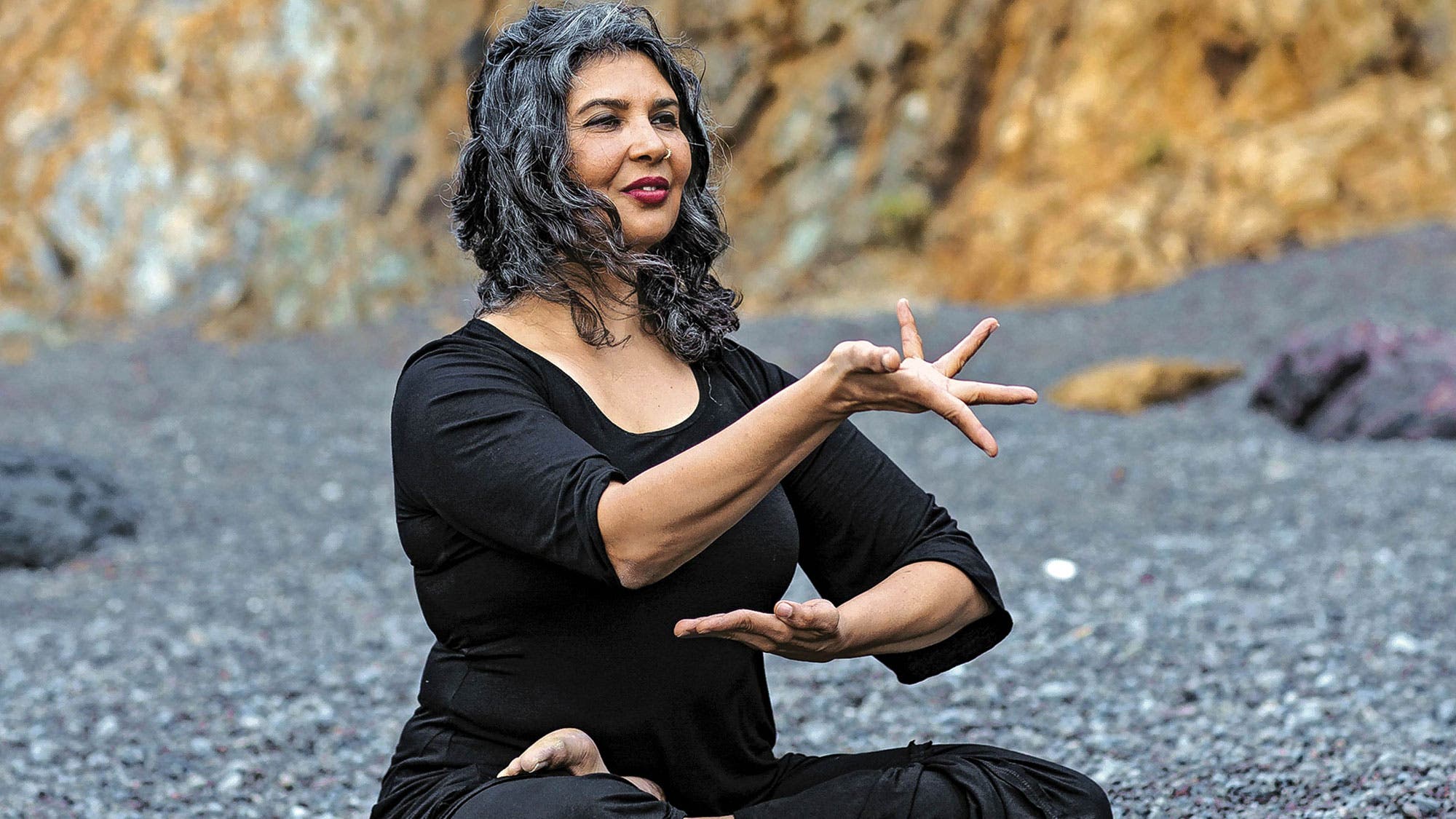
1. Lotus Flower Offering
This mudra, known as Alapadma, represents the offering of a fully bloomed lotus flower, or poola.
How to: Open your hands wide, and then gently curve your fingers to create a round shape like the petals of a lotus flower.
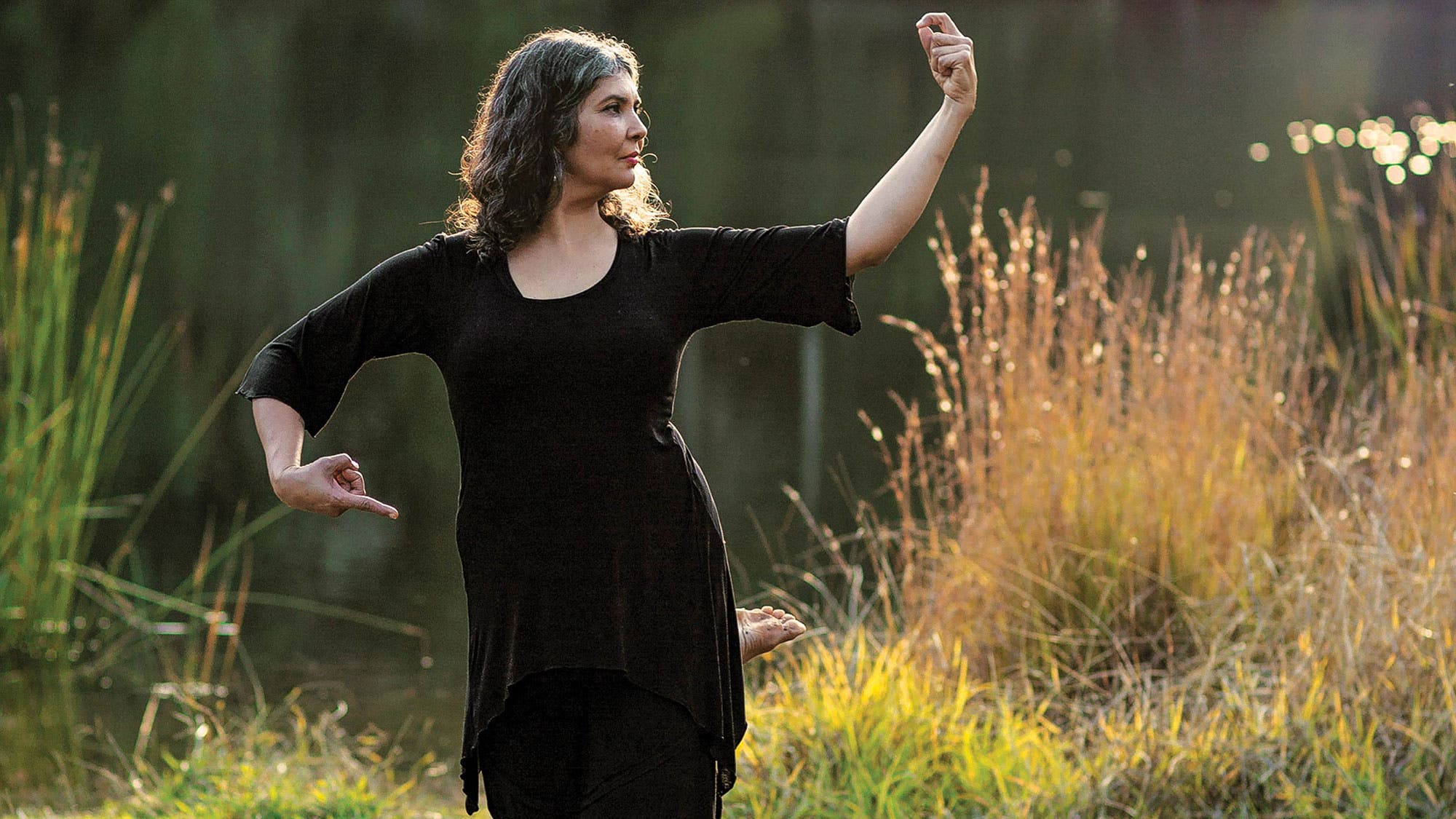
2. Kapittha and Succhi Mudras
These hand mudras represent the goddess Saraswati—the riverine goddess of knowledge, music, and art—holding the top of her celestial instrument, the veena. She is understood to be bringing her waters of inspiration to cool the pain of separation.
How to: Begin with both hands in loose fists. With your left hand, form Kapittha Mudra by resting your thumb gently against the tip of your index finger. Use your right hand to form Suchi Mudra with index finger pointing straight out and thumb relaxing on top of the middle finger, suggesting Sarasvati Devi plucking the veena strings.
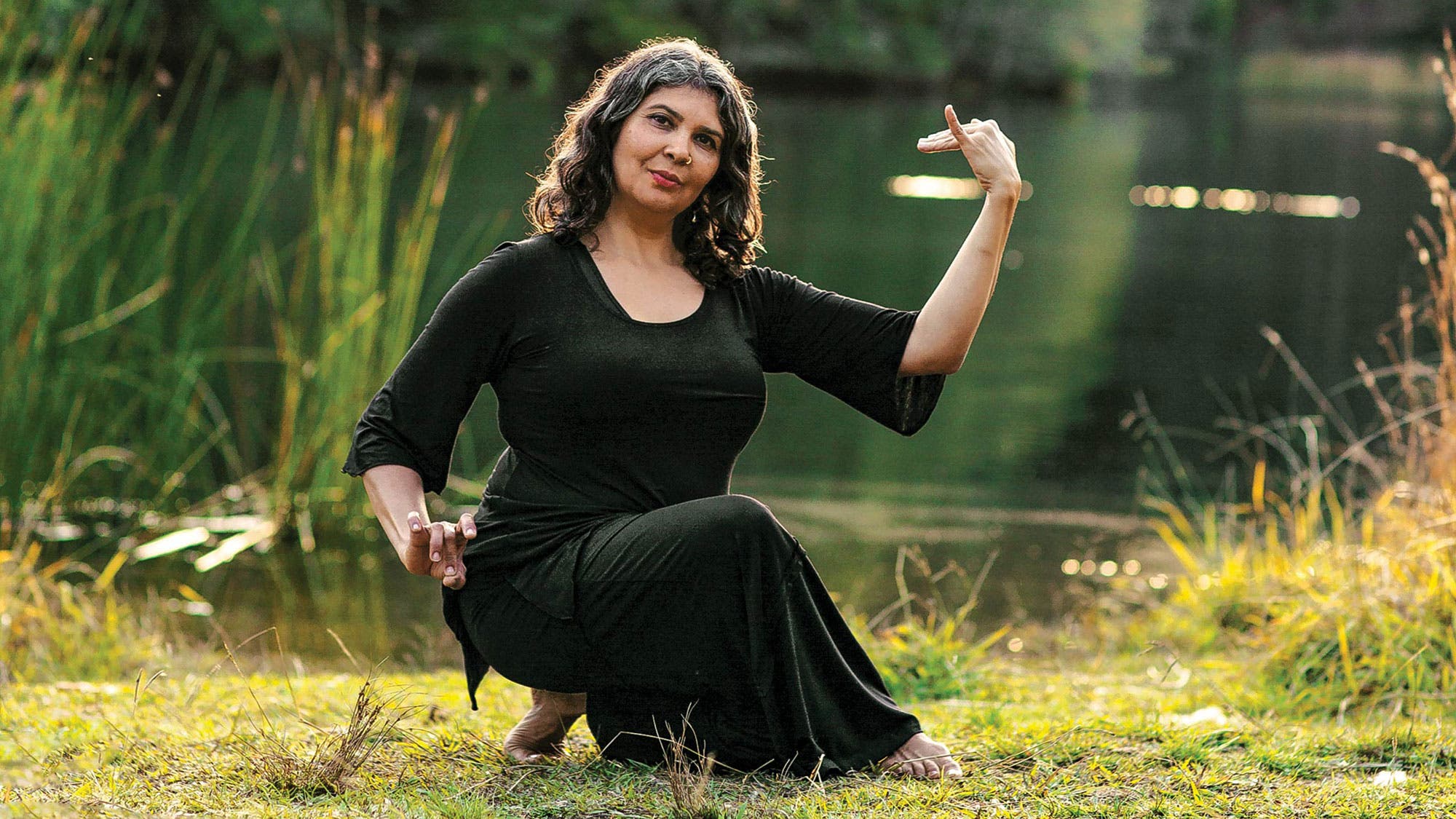
3. Simhamukha and Sukachanchu Mudras
In these hand mudras, the goddess is holding her veena with slightly different hand positions.
How to: With your left hand, form Simhamukha Mudra, the lion’s-face gesture, by pointing your thumb and little finger up. Meanwhile, your index, middle, and ring fingers point toward your face. Your right hand comes into Sukachanchu Mudra by circling your fingers in the shape of a wheel—with your thumb and middle finger touching.
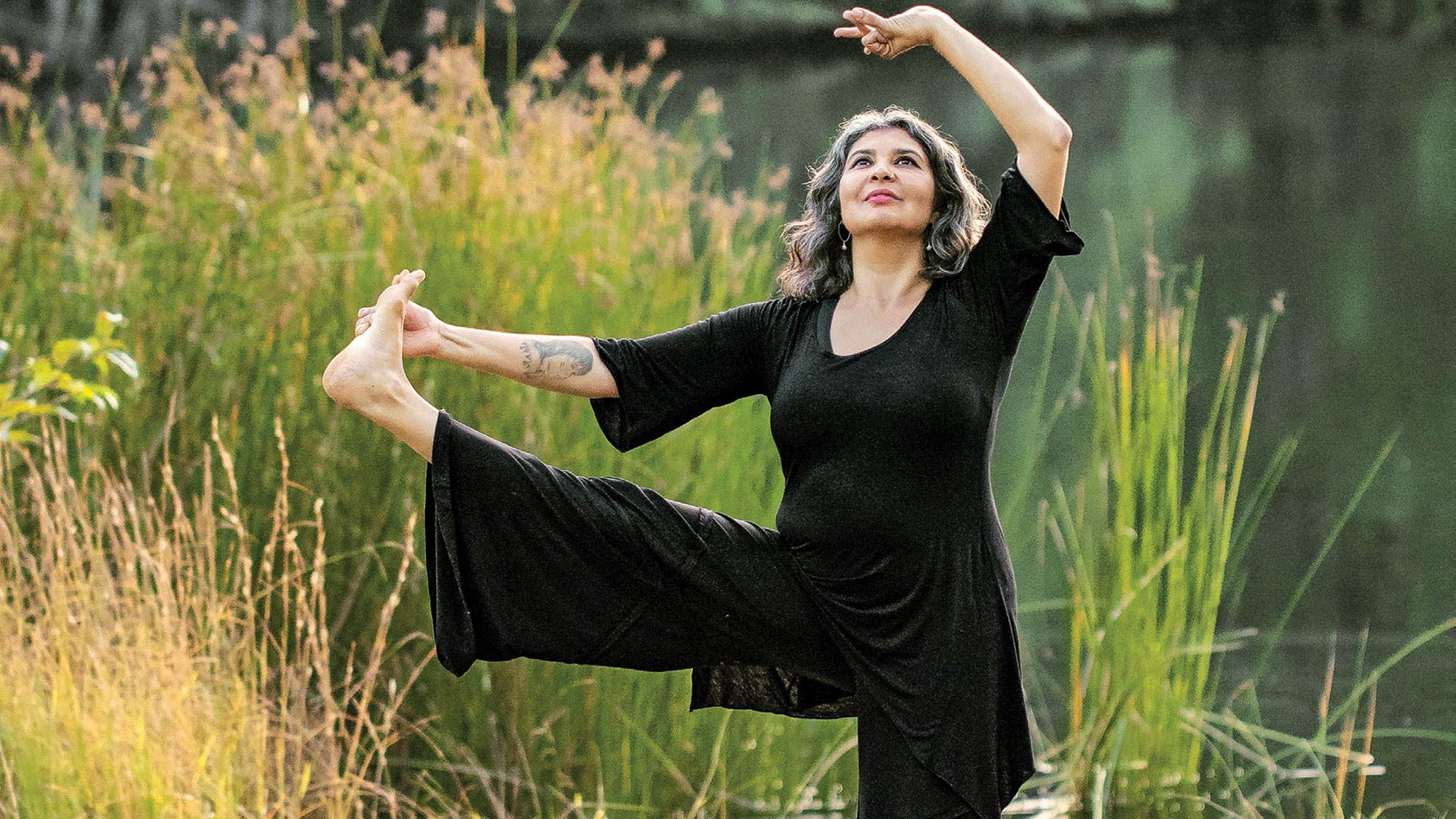
4. Bhramara Mudra
Bhramari Devi is the goddess of bees. The high vibration of a bee, its sounds, and its effects on our environment mean that this hand gesture is associated with the crown chakra and higher realms.
How to: Take the nail of your index finger to the base of your thumb. Connect the tip of your middle finger to the tip of your thumb, stretching out the ring and little fingers for Bhramara, the bee mudra.
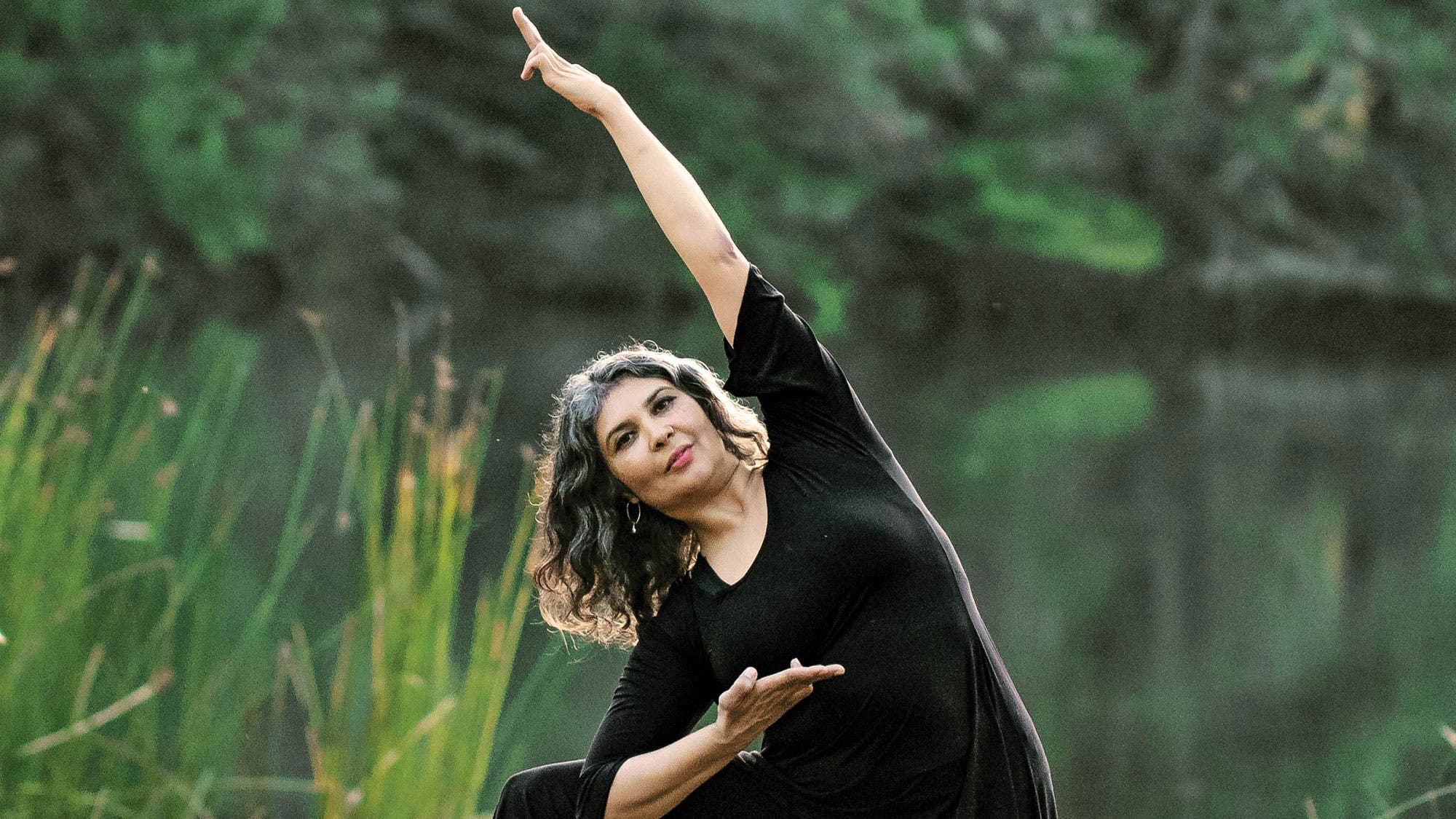
5. Ardha Pataka Mudra
This mudra—Ardha Pataka (half flag)—represents the banks of a flowing river upon which we will build our bridge. The bridge represents your ability to bridge differences and distances and links the spiritual and the material worlds.
How to: Hold your palms flat, then bend your ring and little fingers inward while extending your index and middle fingers.
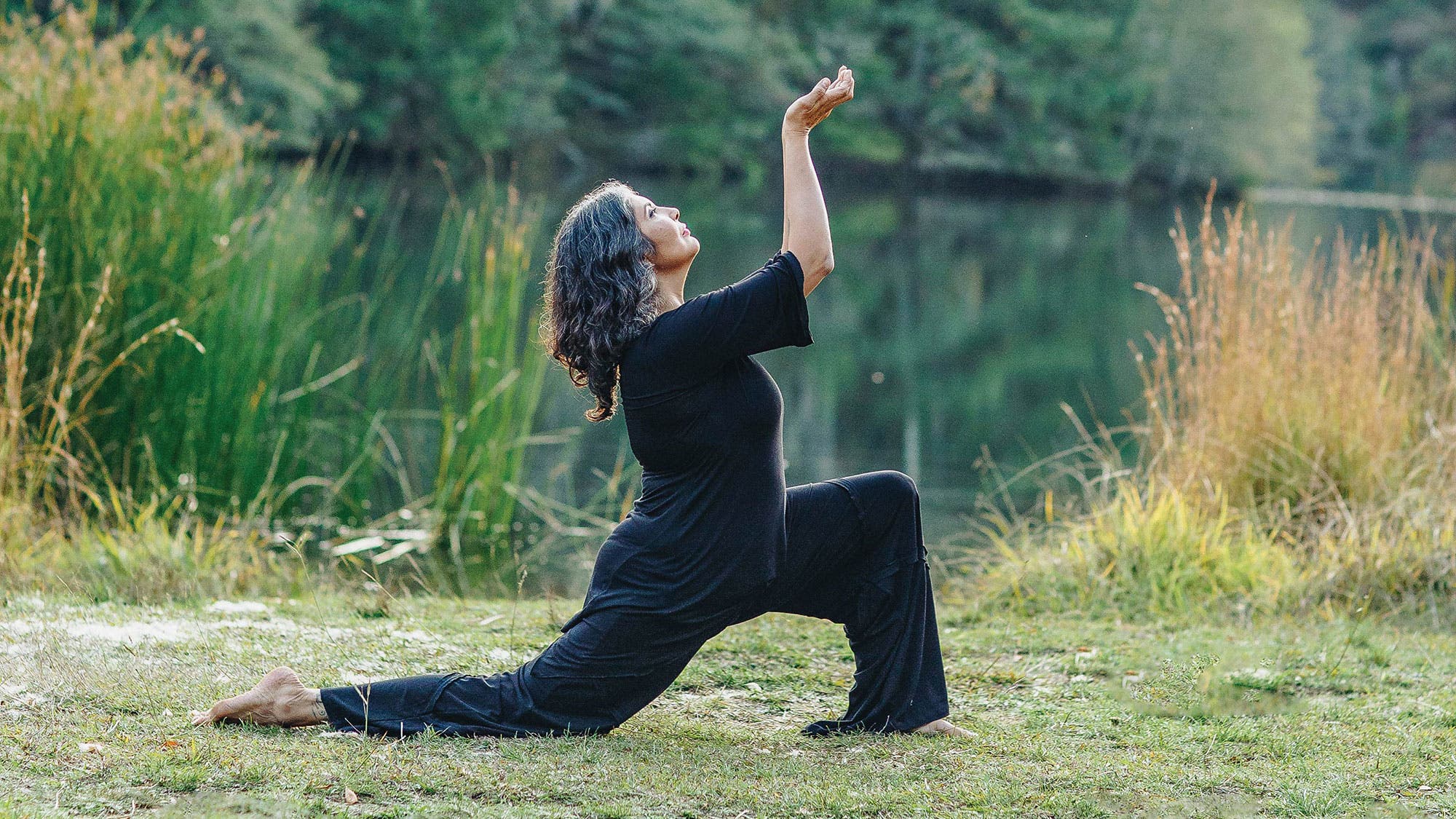
6. Pushpaputa Mudra
This is a mudra of giving and receiving; it means a “handful of flowers.” As you hold it, imagine that you are inhaling and taking the light into your heart via your hands. As you exhale, offer the light of your heart to the world.
How to: Bring your palms flat with fingers together, then bend your fingers slightly to make the shape of a bowl. Bring the outer edges of both of your hands to touch.
7. Flower Mudras
Hastas (hand gestures) that embody flowers can help you close your practice and reflect on the beauty of nature.
A flower is the epitome of creation. It offers itself fully and presents itself openly, which teaches us to share our gifts without restrictions. In the impermanence of life, we can all offer the unique and full authentic expression of our souls to benefit the world.
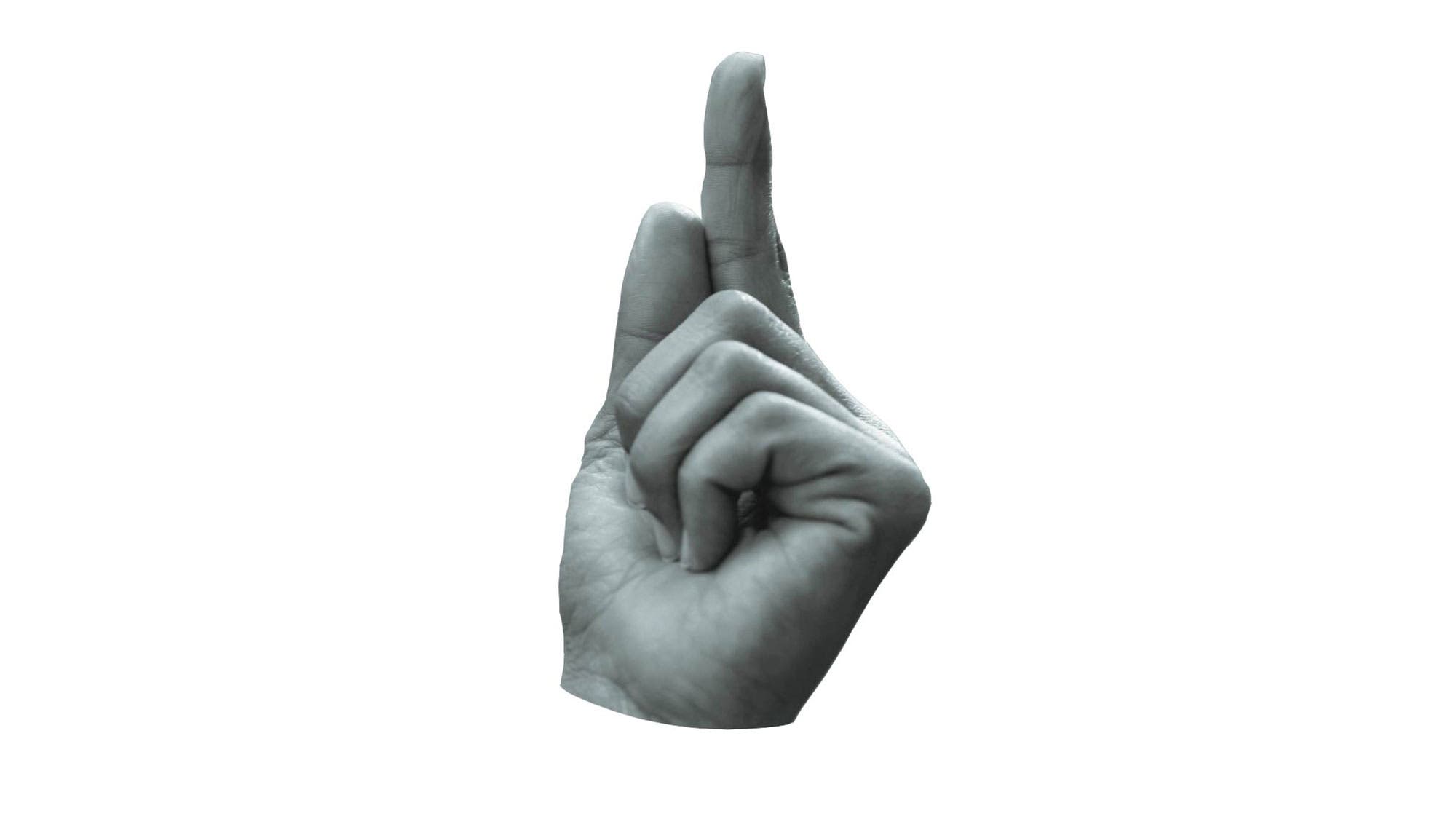
Tambula Mudra
This mudra symbolizes seeds sprouting during the spring.
How to: Stretch your index finger forward and place your thumb at its side, curling your other three fingers toward the center of your palm.
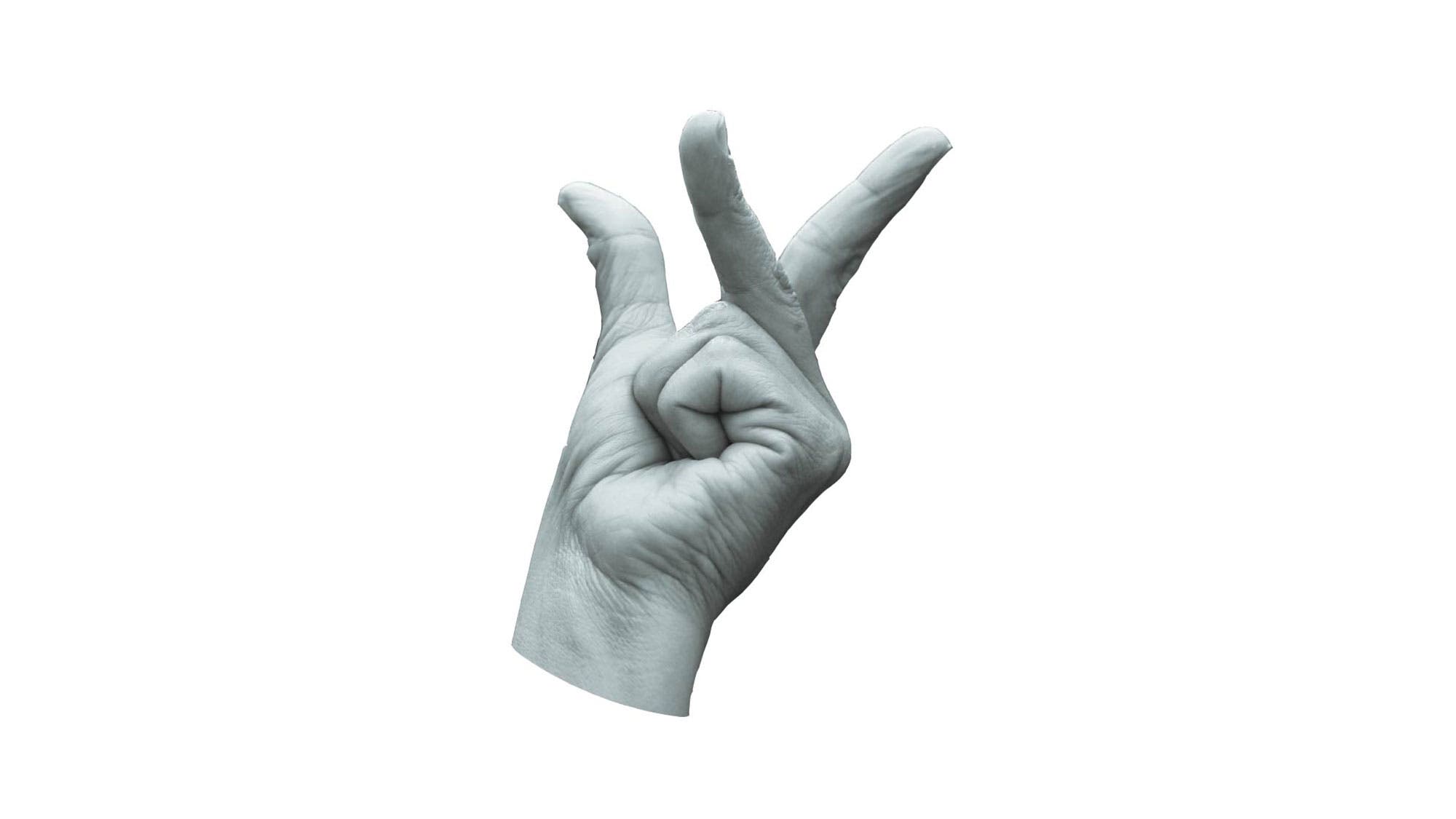
Pushpa Mudra
This represents the blossoming of a flower.
How to: Bring your thumb, index, and middle fingers together, curling your ring and pinky fingers toward your palm. Then bloom by opening up your thumb, index, and middle fingers.
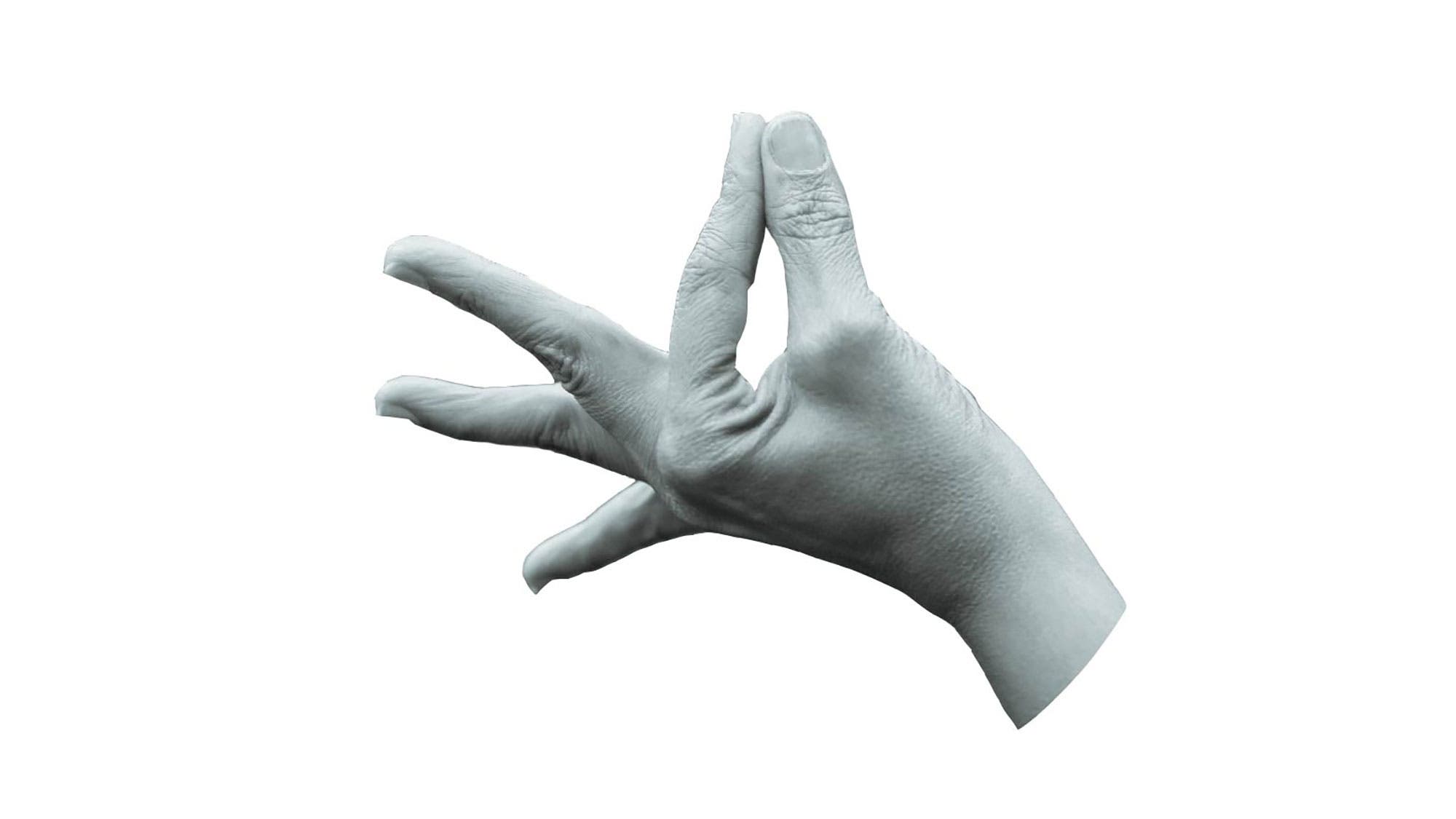
Hamsasya Mudra
This mudra mimics picking a flower, either to smell, offer, or place in one’s hair.
How to: Connect your index finger with your thumb, then open your other three fingers.
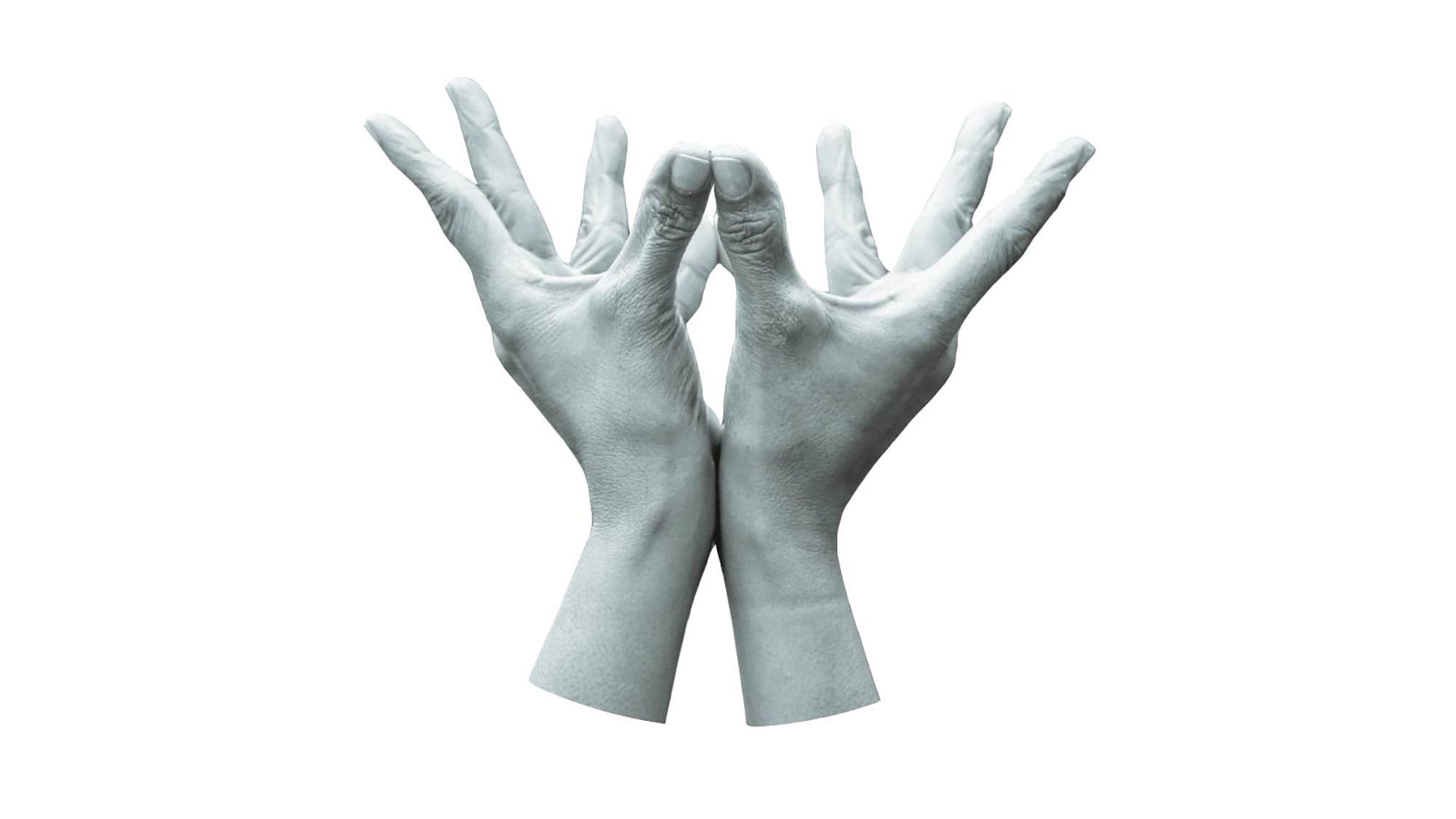
Padma Mudra
This symbolizes a full-blooming lotus flower.
How to: Start with your hands in Prayer Mudra. Connect the heels of your palms and sides of your thumbs and pinkies, opening your ring, middle, and index fingers out in the shape of a lotus flower.
If you make a purchase through our links, we may earn an affiliate commission. This supports our mission to get more people on their mats.
This article has been updated. Originally published May 5, 2020.